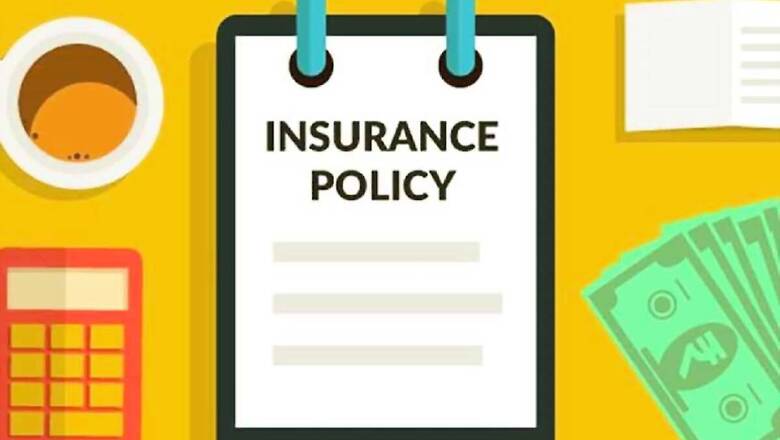
views
When buying a car, one of the most important things one needs to remember is getting an insurance policy for the vehicle. However, buying a car insurance policy could be a daunting task. A person should choose a policy based on the type of vehicle he/she owns, driving conditions and also on the type of driver one is. An increase in insurance coverage means the premium will also go up.
Here’s a guide on all you need to know about car insurance:
While buying a car insurance, one come across terms like policy tenure, NCB, IDV and more. Here’s a brief introduction on the terms:
Policy Tenure: A policy terure, as the name suggests, define the validity of the policy or simply put, the time frame for which a car is insured. Usually, a policy is valid of 1 year. However, many companies are now offering bundled insurance of 3-5 years in order to lure customers by paying lesser than yearly basis.
IDV: It’s the IDV or Insured Declared Value is the amount that defines the maximum value of the car set by the insurer in the event of a theft or mishap. In case your vehicle is beyond repair, or need more amount in repairing than the IDV or has been stolen, insurer will pay only the IDV value. IDV value can be altered while buying a policy and effects the policy premium. More the IDV, more the premium.
NCB: NCB or No Claim Bonus is a clause utilized by insurers to attract buyers. A policy can have a NCB bonus as high as 50% which means if you haven’t taken any claim in a set time frame, you will get a discount while renewing the policy.
Apart from the above mentioned terms, there are 5 types of car insurance coverage available in the market. Here’s a look:
Liability Coverage: This comes to rescue when a motorist is involved in an accident and it is found that the accident has been caused due to the driver. The benefits offered by this type of an insurance plan include repair/replacement cost of the damaged property and medical bills of the third party due to hospitalisation or medical treatment. Liability coverage will include the third-party injury, death or damage to the third party property.
Collision Coverage: If a motorist is subscribed to this coverage, the insurance company bears the car repair expenses after the accident. In case the cost of repairs exceeds the current market value of the vehicle, the insurance company pays the current market value of the car. Zero depreciation insurance is part of this coverage.
Personal Injury Coverage: People can get this insurance in addition to the mandatory liability insurance and include certain coverage to overcome various risk factors. Personal injury protection covers all costs associated with an accident and will cover medical bills of the driver and other passengers. Regardless of whose fault it is, the insurance company will pay the medical bills.
Uninsured Motorist Protection: If the vehicle is hit by another one which is not covered by an insurance policy, one has to bear the repair or replacement of the vehicle from one’s own pocket. In some cases, a third-party insurance coverage is not enough and the Uninsured Motorist Protection makes sure one can include the additional rider such as uninsured or underinsured protection so that exposure is minimised. The insurance company will pay the additional or total amount so that one can overcome the damage relatively easily.
Comprehensive Coverage: This includes all kind of risk factors associated with vehicle, driver, passengers, third-party vehicle, third-party driver and also covers risk factors like weather damage, flood, fire and theft. It is basically for everything else that can go wrong apart from collision.




















Comments
0 comment